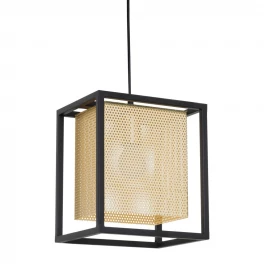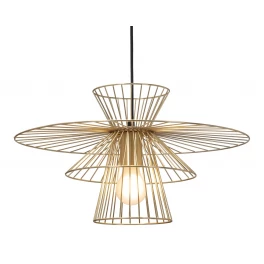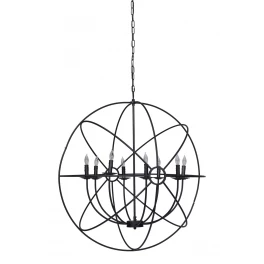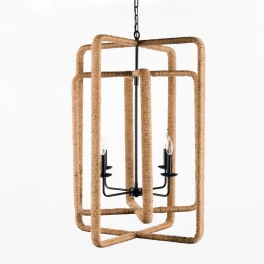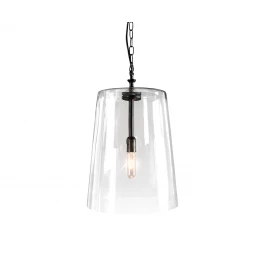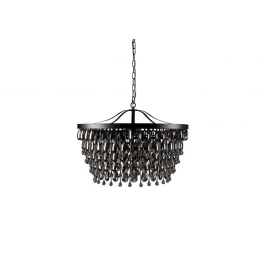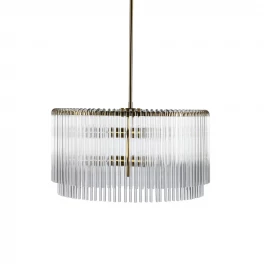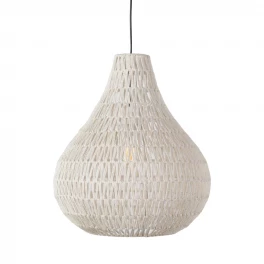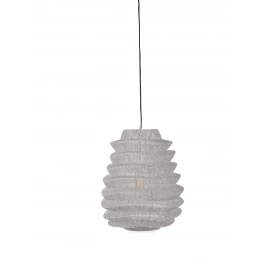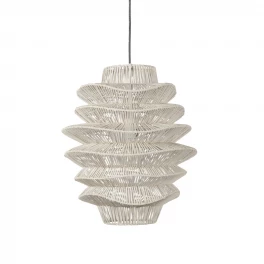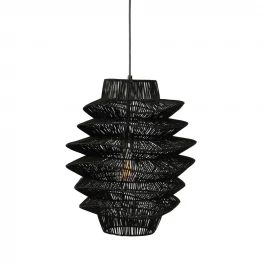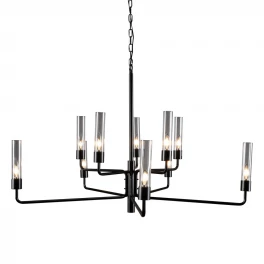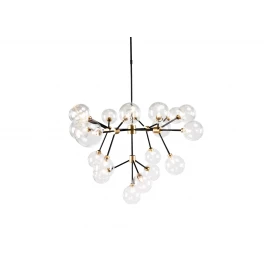If you’re thinking of a kitchen remodel or even just an appliance upgrade (stainless steel, anyone?), one oft-forgotten appliance is the range hood AKA vent hood AKA exhaust hood. Even though it’s an essential component to most kitchens, the humble range hood doesn’t get the same kind of attention as other kitchen appliances like the stove, dishwasher, or fridge. This article will explain the details you should know about this oft-neglected appliance and help you answer the question, “What range hood should I buy?”
Besides taking a look at the different types of range hoods, I’ll also walk you through what to look for in a range hood, the CFM requirements for range hoods, and a range hood size guide.
1. Why You Need a Range Hood
Let’s start with the basics. Why do you need a range hood anyway? What does it really do for you? A lot, actually. Think of it as a filter for the air in your kitchen. When you cook, a lot of odors, food particles, steam (and sometimes smoke, if we’re being honest) get released into the air. A range hood will get rid of all of that for you, venting dirty air to the outside or filtering it before recirculating it indoors.
Some bonus perks of a range hood can include
- Cleaner countertops: All that gunk in the air doesn’t settle down onto already-hard-to-keep-clean surfaces.
- A cooler kitchen: I’m talking temperature as the smoke and hot air is filtered out, but cooler in terms of style too!
- Extra lighting: Because you can never have too much light when it comes to wielding a butcher knife and keeping all your fingers intact.
2. Different Types of Range Hoods
Before jumping into the different range hood options you have, let’s talk about one of the biggest factors you’ll want to consider when choosing a range hood: what kind of exhaust you want.
- Vented or Ducted Hood
This type of will include a duct to the outside where dirty air will be forced to go. Often considered to be the safer play because they completely rid your indoor of the air, vented hoods can also be more expensive to install depending on the ductwork involved. A range hood that sits on an exterior wall will require a lot less ducting (and a less powerful unit) than one that’s in the middle of your house.
- Non-Vented, or Ductless Hood
Also referred to as a recirculated hood, these types of range hoods don’t have ductwork that will force old air outside. Instead, dirty air goes through a filter before getting recirculated back into the room. Best for people who will remember to change the filter every couple of months (which excludes me…).
Once you’ve thought about whether to go ducted or ductless, you can move on to the next part: Thinking about your new or existing kitchen design and where that range hood is going to go.
- Under Cabinet Hood
First up, we’ve got Under Cabinet Range Hoods. As their name suggests, this kind of kitchen hood is installed underneath the cabinetry going across your stove. For the most part, it’s an affordable option because it’s all about function and not really about style since you don’t see much of it anyway. It’s also pretty easy to add to existing cabinetry if you’re not looking to do an entire remodel, and comes in either ducted or ductless options.
- Wall-Mount or Chimney Hood
No cabinetry? No problem. A wall mount range hood is for you if your stove is up against a wall with no cabinetry overhead. Resembling a chimney with a narrow vent coming down from the ceiling and widening into a hood that should be as wide as your stove, this kind of range hood has a nice sleek look to it that many homeowners find appealing.
- Island Hood
If you’re planning on having a range as part of your kitchen island, you’ll need an island vent hood. Similar to the wall mounted hood in style, it’s the free-hanging version instead. While it can be a more expensive option, it’s also super stylish, and if you’ve always wanted an island range, you really just have to go for it. (There’s also the downdraft hood, which is installed in the floor and pulls air downward, but it’s not nearly as effective, if cheaper.)

Photo by Photographee.eu onShutterstock
For most of these styles, stainless steel stove hoods are the most popular option, but you can also opt for a custom decorative range hood depending on your budget.
3. Range Hood Sizing Guide
Standard range hood dimensions are between 30 and 36 inches wide, but the general rule of thumb to follow is to match your stove size. Should the range hood be wider than the cooktop? Yes and no. Ideally, the hood is 3 inches longer on each side of the stove, but as long as the hood is as wide as the stove, you should be fine.
4. Range Hood CFM Guide
If you start seeing these strange letters thrown around, just know that CFM stands for cubic feet per minute and refers to the power of the hood to pull air through. Again, you need to know your stove and kitchen design to determine what kind of power you’ll need your hood to have.




